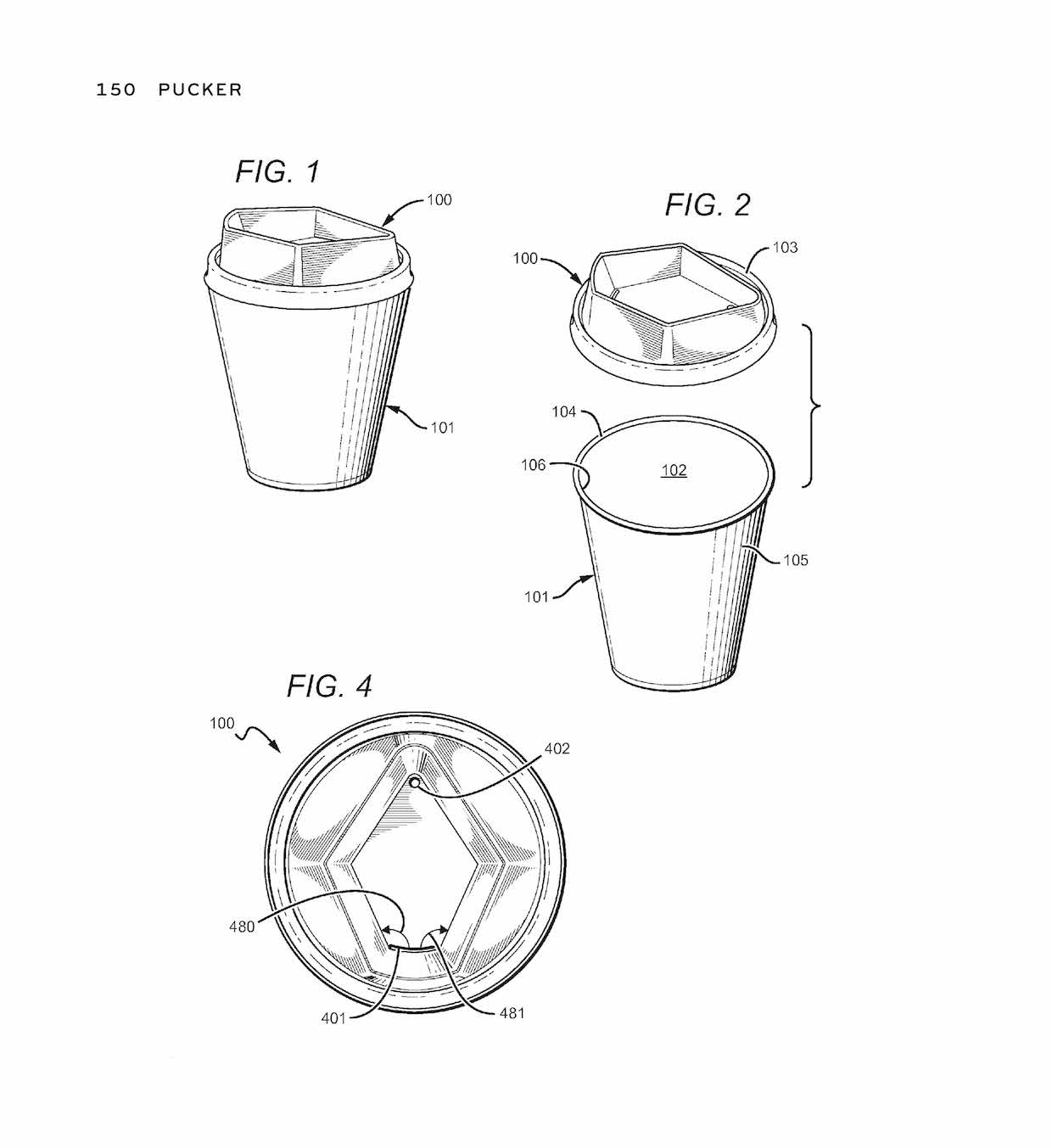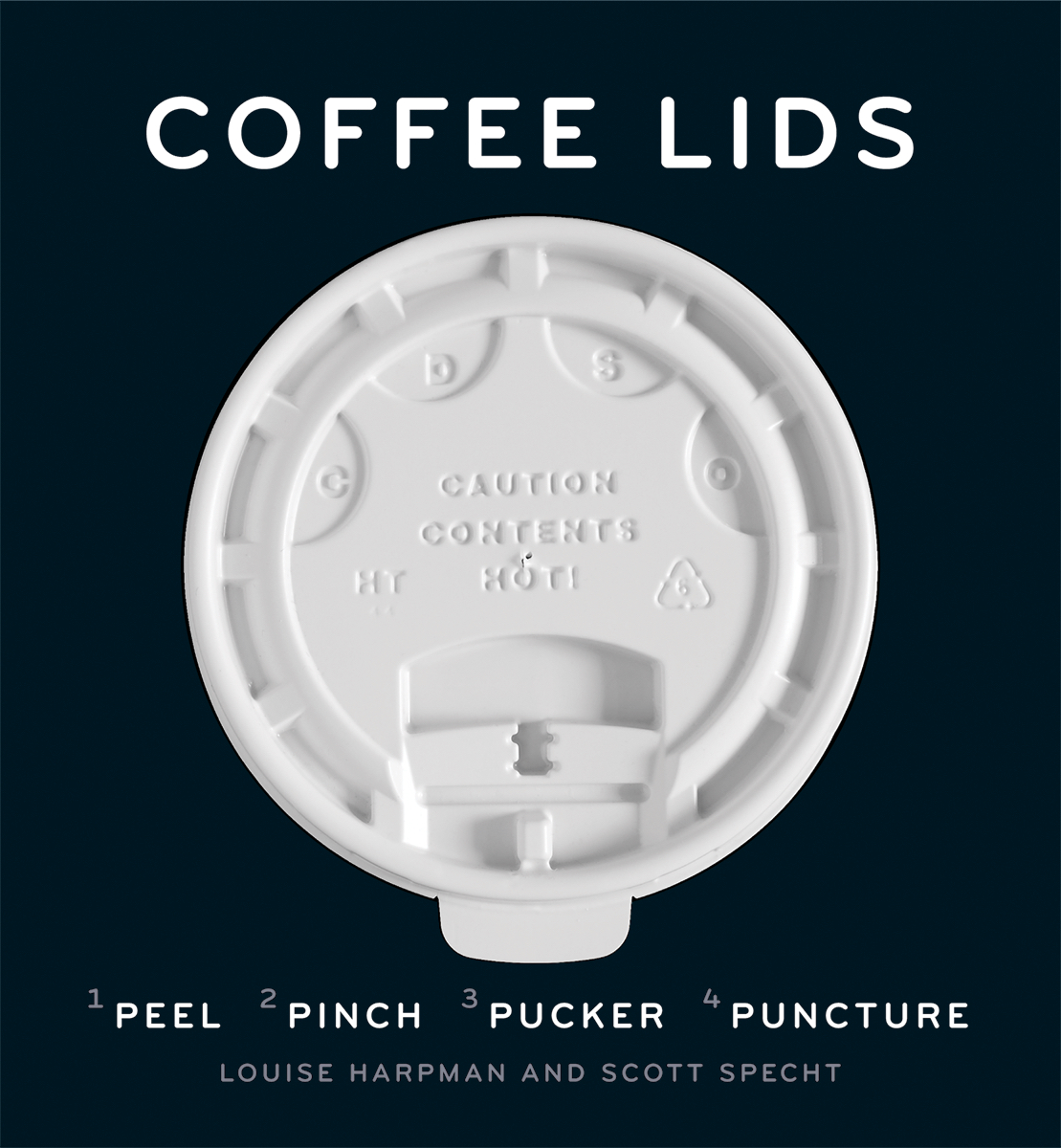The coffee cup lid — a plastic piece that separates your skin, your clothes and the rest of your belongings from hot, brown liquid — is a thing of function. Yet as countless inventors and manufacturers have demonstrated through hundreds of patents over the years, it’s also a thing of form.
Each lid has essential elements like the hole from which to drink or the crimped edges to clasp and seal onto the rim of the cup, as well as more experiential elements such as strategically placed gateways intended to allow aromatics to pass, surfaces carefully molded for comfortable contact with human lips and pursed to control flow rate, and any number of tweaks in shape, curve, puncturing and volume.
Since the 1980s, Louise Harpman and Scott Specht have been collecting these oft-overlooked marvels of industrial design, amassing what the Smithsonian has identified as the world’s largest coffee lid collection.
At long last, that collection has been turned into a book — “Coffee Lids: Peel, Pick, Pucker, Puncture” — available through the Princeton Architectural Press, which has this to say about what we can comfortably declare is the world’s largest coffee lid book:
Coffee Lids showcases the collection with life-size specimen photographs; essays charting the history, development, and categorization of the coffee lid; a field guide to lid features; and original patent drawings for many of the most unique lids. Harpman and Specht provide a lens into the creative processes of the designers and their creations.
Nick Brown
Nick Brown is the editor of Daily Coffee News by Roast Magazine.










Comment